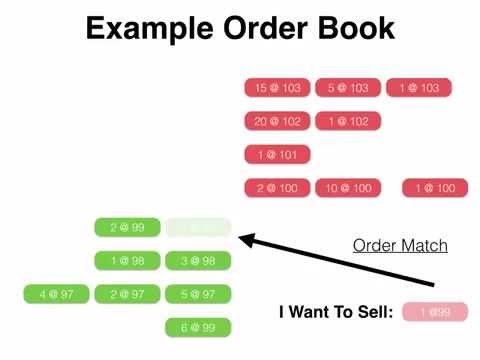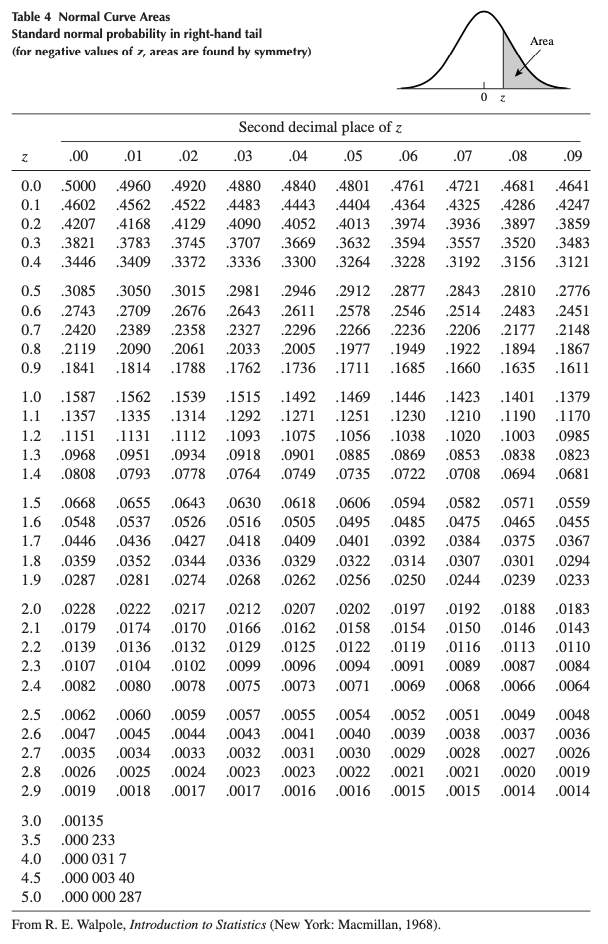Difference Between Horizontal and Vertical Analysis with Comparison Chart

Using common size financial statements helps you spot trends that a raw financial statement may not uncover. Common size financial statements can be used to compare multiple companies at the same point in time. A common-size analysis is especially useful when comparing companies of different sizes.

Understand common size income statements and common size financial statements. These are the statements that help various users of accounting information in evaluating the financial progress of a firm in relative terms. These statements express the data in absolute figures or as percentage change and absolute change that occurs in the item of the financial statement over a period of time. The data presented in financial statements are self-explanatory and easy to understand. When items of the financial statement are treated with the same accounting policies and practices over a fixed period of time, then the comparative data derived from such statements bear meaningful comparisons. The comparative statement compares current year’s financial statement with prior period statements by listing results side by side.
Using Comparative Statements for Growth
It can also help you understand fluctuations caused by seasons so that you can make better-informed business decisions. Investors also use comparative balance sheets to do a comparative analysis of financial ratios. When the comparative statements of two or more years of a firm are presented and compared, it is known as inter-period comparison or intra-firm comparison. However, when the comparative statements of two or more firms are compared over a number of years, then it is known as an inter-firm comparison. A common size analysis can also give insight into companies’ different strategies.
Artesian Resources Corporation Reports Second Quarter and Year-To-Date 2023 Results – Marketscreener.com
Artesian Resources Corporation Reports Second Quarter and Year-To-Date 2023 Results.
Posted: Mon, 07 Aug 2023 20:57:07 GMT [source]
Ratios can be compared with ratios of previous financial year ratios as well as industry standards. Comparative financial statements reflect the profitability and financial status of the concern for various accounting years in a comparative manner. It should be kept in mind that the data of two or more financial years can be compared only when the accounting principles are the same for the respective years. A comparative balance sheet is a type of comparative statement used by business owners, investors, and analysts to evaluate a company’s performance over time. Each line item on a balance sheet, statement of income, or statement of cash flows is divided by revenue or sales. This can be done using a spreadsheet or calculator—you might be able to find them on the websites of companies that specialize in financial analysis.
Chapter 3: Reconstitution of a Partnership Firm: Change in Profit Sharing Ratio
You can also look to determine an optimal capital structure for a given industry and compare it to the firm being analyzed. Then, you can conclude whether the debt level is too high, excess cash is being retained on the balance sheet, or inventories are growing too high. The goodwill level on a balance sheet also helps indicate the difference between comparative and common size statement extent to which a company has relied on acquisitions for growth. In IBM’s case, its results overall during the period examined were relatively steady, considering the market and economic conditions of the time. One item of note is the Treasury stock in the balance sheet, which had grown to more than negative 100% of total assets.

Predicting of the trends of business which is forecasting of future trends in business. Star Ltd. has a greater share of Capital in the total sources of funds i.e. 66.67% in comparison to 60% of Sun Ltd. Early detection helps take corrective measures and align the business in meeting the desired target. In the above statement, it becomes convenient to compare results and express them in following forms.
Resources for Your Growing Business
They are often used to compare the financial performance of different companies or periods, as they eliminate the effects of size and scale. However, they also have some limitations and drawbacks that you should be aware of. In this article, we will explain what common size statements are, how to prepare them, and what are their advantages and disadvantages. In vertical analysis, the line of items on a balance sheet can be expressed as a proportion or percentage of total assets, liabilities or equity. However, in the case of the income statement, the same may be indicated as a percentage of gross sales, while in cash flow statement, the cash inflows and outflows are denoted as a proportion of total cash inflow. In this analysis, the line of items is compared in comparative financial statements or ratios over the reporting periods, so as to record the overall rise or fall in the company’s performance and profitability.
- Other financial statements turned into a comparison form include the comparative income statement and comparative cash flow statement.
- In this article, we will explain what common size statements are, how to prepare them, and what are their advantages and disadvantages.
- In this next section we will explore the requirements for what needs to be reported, when, and to whom.
- The changes are depicted both in absolute figures and in percentage terms.
- Share repurchase activity can also be considered a percent of the total top line.
The content of a financial statement does not reveal the earning capacity, financial soundness, and liquidity of a company. The users cannot easily understand them; therefore, the data is analysed for presenting it in a simple and understandable form. Recall that a key benefit of common-size analysis is comparing the firm’s performance to the industry. Expressing the figures on the income statement and balance sheet as percentages rather than raw dollar figures allows for comparison to other companies regardless of size differences. On the Clear Lake Sporting Goods’ common-size balance sheet, we see that current assets remained at 80 percent of total assets from the prior to current year (see Figure 5.25).
Related Differences
For instance, a net profit margin is simply net income divided by sales, which also happens to be a common size analysis. All three of the primary financial statements can be put into a common size format. Financial statements in dollar amounts can easily be converted to common size statements using a spreadsheet. Below is an overview of each financial statement and a more detailed summary of the benefits and drawbacks that such an analysis can provide to you.
- But looking up and down a financial statement using a vertical analysis allows an investor to catch significant changes at a company.
- Since comparative financial statements present financial information for a number of years side by side, this kind statement is convenient to calculate ratios and to directly compare results.
- Understand common size income statements and common size financial statements.
Each line item on the balance sheet is restated as a percentage of total assets. Common size ratios are used to compare financial statements of different-size companies, or of the same company over different periods. By expressing the items in proportion to some size-related measure, standardized financial statements can be created, revealing trends and providing insight into how the different companies compare. A common size statement is prepared as a columnar form for performing analysis. In such a statement each item of the available financial statement is compared to a common item.
Now that you have covered the basic financial statements and a little bit about how they are used, where do we find them? In this next section we will explore the requirements for what needs to be reported, when, and to whom. It can help you see the variance in how much a line item has changed from one period to another so that you focus on what is causing the increase or decrease in figures in a particular area of the balance sheet. The common size method is appealing for research-intensive companies, for example, because they tend to focus on research and development (R&D) and what it represents as a percent of total sales. What do you understand by analysis and interpretation of financial statements? Suppose Company ABC reported a total assets value of $15,000 in the current accounting period and $20,000 in the previous accounting period.

While the balance in the equipment account did change as a percentage of total assets, equipment remained the same at 20 percent. Other financial statements turned into a comparison form include the comparative income statement and comparative cash flow statement. The ratios in common size statements tend to have less variation than the absolute values themselves, and trends in the ratios can reveal important changes in the business. Historical comparisons can be made in a time-series analysis to identify such trends. The above common size statements are prepared in a vertical analysis, referencing each line on the financial statement to a total value on the statement in a given period. Common size statements have some disadvantages and limitations that should be taken into account.
Common Size Financial Statements
As against, the aim of vertical analysis is to ascertain the proportion of item, in relation to a common item in percentage terms. In Horizontal Financial Analysis, the comparison is made between an item of financial statement, with that of the base year’s corresponding item. On the other hand, in vertical financial analysis, an item of the financial statement is compared with the common item of the same accounting period. On the debt and equity side of the balance sheet, however, there were a few percentage changes worth noting.
Thoughtworks Reports Second Quarter 2023 Financial Results and … – StreetInsider.com
Thoughtworks Reports Second Quarter 2023 Financial Results and ….
Posted: Tue, 08 Aug 2023 11:04:09 GMT [source]
Common size statements offer several advantages for financial analysis and performance evaluation. They enable comparison of the financial performance of different companies or periods, regardless of size or scale, as well as identification of trends and patterns in a company’s or industry’s financial performance over time. Additionally, common size statements simplify financial statements and make them easier to understand and interpret, allowing you to quickly observe the items with the highest or lowest impact on financial performance. Common size financial statements present all items in percentage terms where balance sheet items are presented as percentages of assets and income statement items are presented as percentages of sales. Published financial statements are common size statements that contain financial results for the respective accounting period.
Rapid increases or decreases will be readily observable, such as a rapid drop in reported profits during one quarter or year. Share repurchase activity can also be considered a percent of the total top line. Debt issuance is another important figure in proportion to the amount of annual sales it helps generate. Because these items are calculated as a percentage of sales, they help indicate how much the company uses them to generate overall revenue. Both the financial statements are prepared for further analysis and for a better… Illustrate your answer with particular reference to the comparative income statement.
A common size balance sheet is a comparative analysis of a company’s performance over a period, used to determine how the company is using its assets. Below is an example of a common size balance sheet for technology giant International Business Machines (IBM). Running through some of the examples touched on above, we can see that long-term debt averages around 34% of total assets over the two-year period, which reasonable. Cash ranges between 5% and 8.5% of total assets, and short-term debt accounted for about 5% of total assets over the past two years. Financial Analysis is helpful in accurately ascertaining and forecasting future trends and conditions. The primary aim of horizontal analysis is to compare line items in order to ascertain the changes in trend over time.
Recommended Posts
janvier 10, 2023
Fixed Spread Forex Trading Broker What is a Spread?
décembre 15, 2022

